Inspirational advice for creating board game art
Vincent Dutrait shares concepts and approaches for creating impactful game illustrations.
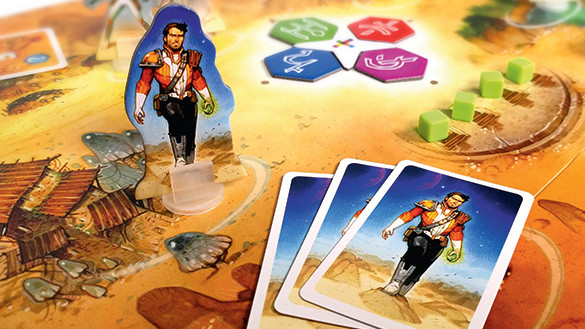
I’ve been creating illustrations in the good old, traditional way for more than 25 years; hand-drawn and painted using the best artists pencils, brushes and acrylic paint on grainy paper. It’s proudly upholding the history and heritage of documented, credible and lifelike conventional art, while at the same time developing modern sensitivities, contemporary perspectives and approaches to visual storytelling.
Over the years, I’ve expanded my skill set, enabling me to create digital graphic designs for numerous projects. My knowledge of the publishing world, coupled with technical and functional expertise, has allowed me to manage and master each step of the graphic production process.
It’s often mistakenly believed that simplicity equates to weakness or shallowness. But an image that appears simple can be incredibly complex, offering multiple levels of interpretation, profound depth, meticulous structure, and execution that challenges an artist. I strive to imbue my illustrations with an apparent simplicity.
Below you can find my advice for creating illustrations and art for board games, tabletop RPGs and more, and while I use traditional art techniques the advice can be transferred to the best digital art software using the best drawing tablets.
01. Speak to the audience
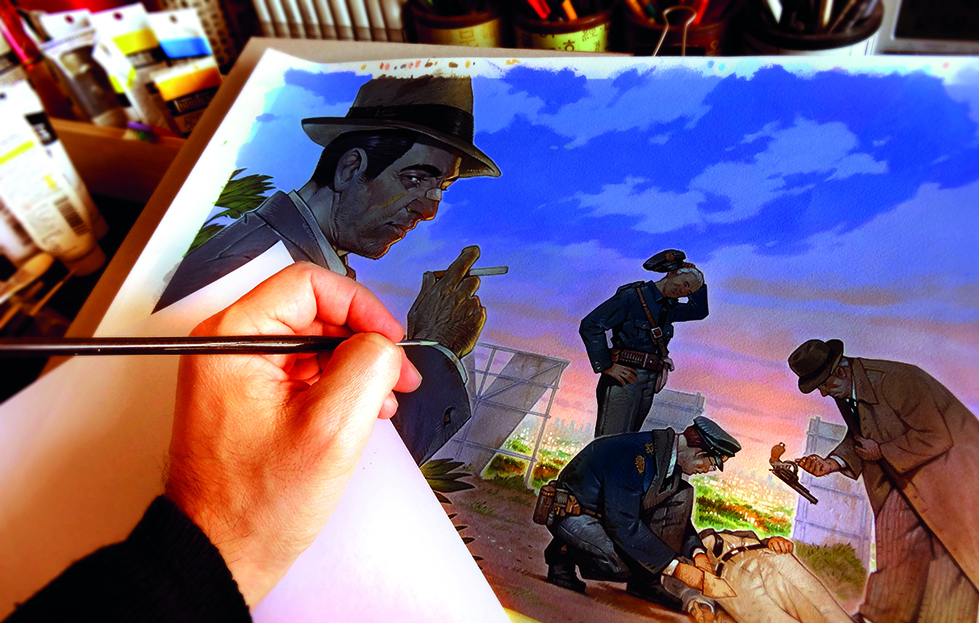
I’m often asked why I still work traditionally. First, physical contact with materials and tools is essential to me. Also, the piece I paint closely resembles the printed product players hold in their hands. Even though the illustration is digitised for printing, we can both “touch” the art. This tangible link bridge the distance between me and the players. It’s invaluable for helping fully stay connected to the final product. So always keep the final purpose in mind, not just what’s in front of you.
02. Understand every line
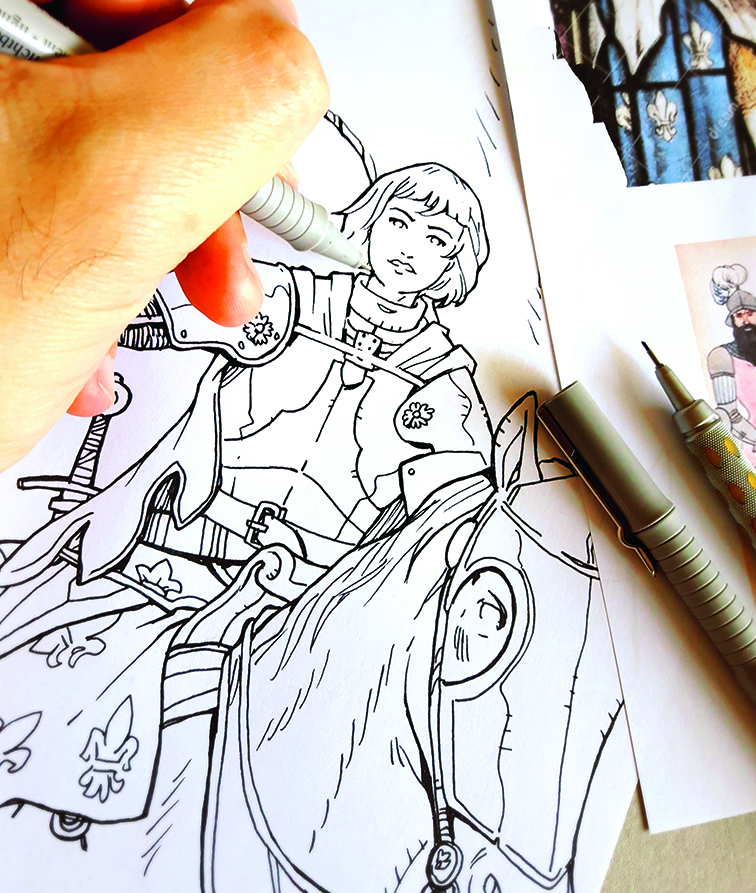
Documentation and references are crucial; I dedicate significant time to research and thoughtful preparation, and rarely produce multiple rough sketches or doodles. Instead, I focus on presenting one main idea for discussion. Preparing illustrations often makes up more than two-thirds of my entire process! Setting the right tone early on is vital to ensure cohesion. A clear and well-defined direction,agreed on by the editor and designer, is essential for achieving a successful final result.
03. A platform for endless possibilities
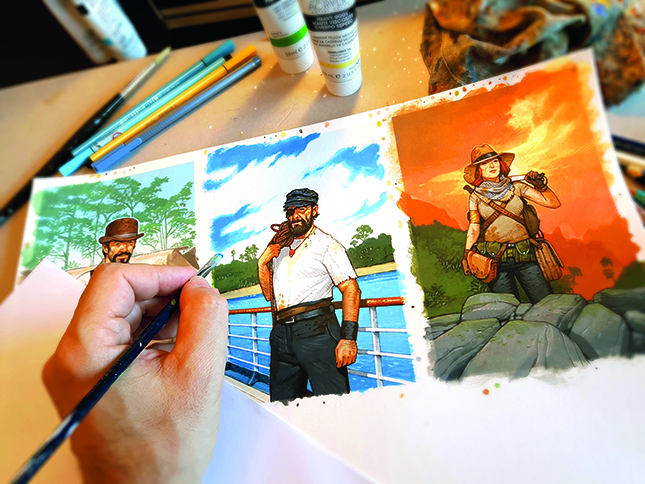
Illustrating a board game is fascinating. Depending on its scope, I may handle various image formats, convey multiple messages in one image, or integrate actions into universally understood icons. The game world is incredibly diverse:there are card games, board games, abstract games, varied materials, miniatures, and more. I’ve never encountered such richness and creativity anywhere else!
04. Balance tradition and innovation
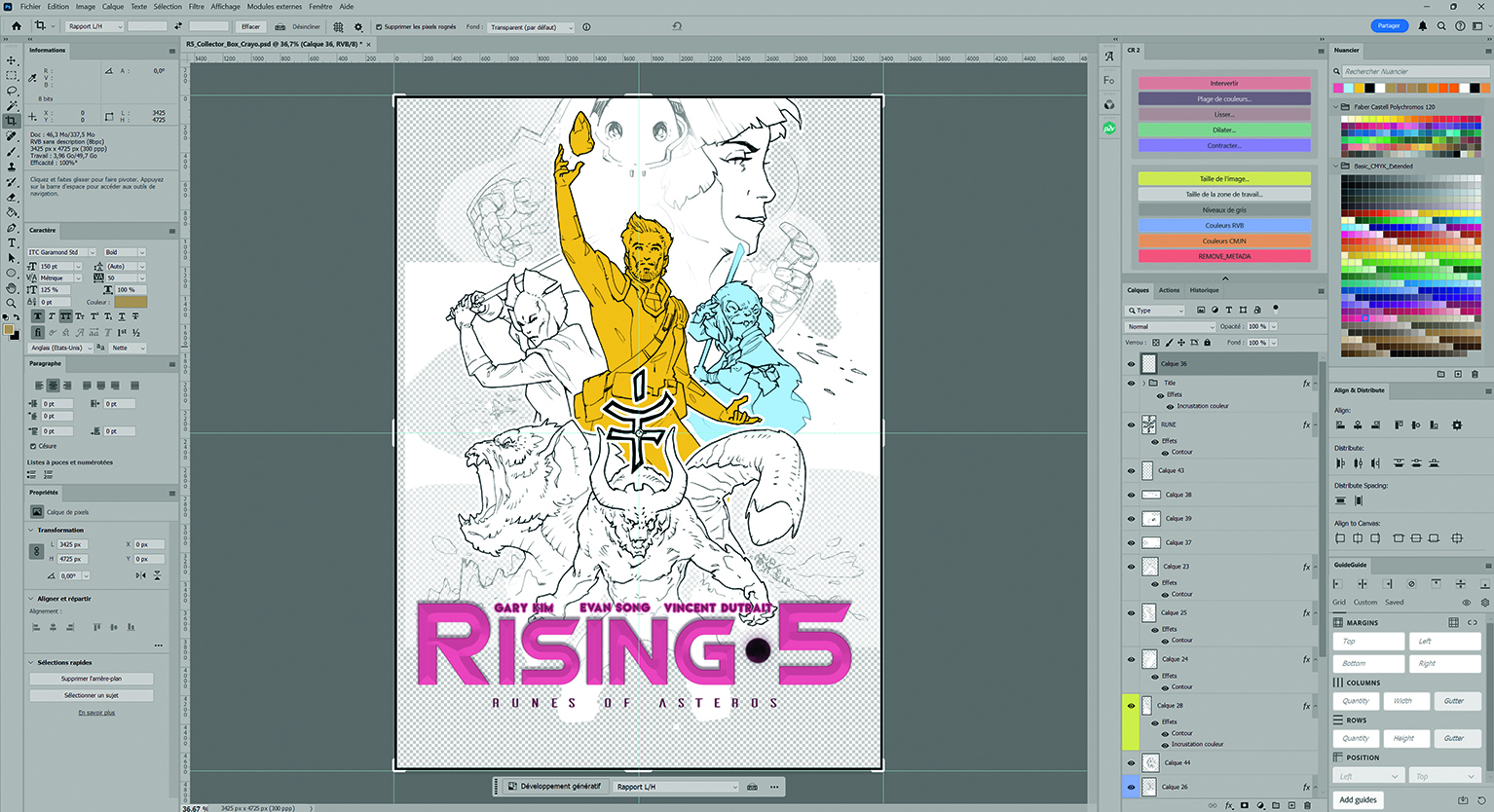
Adaptability is key, and finding tricks and techniques helps. I now create my sketches in separate elements rather than as a single piece. I draw each part individually – foregrounds, characters, the core scene, backgrounds, skies, and so on – and then scan them all. I assemble the image in Photoshop, carefully following layout and spacing needs such as titles, logos and credits. Essentially, I simulate the layered workflow of digital tools physically. This offers more flexibility in developing my sketches and leaves room for adjustments later if needed.
05. Getting started on the final art
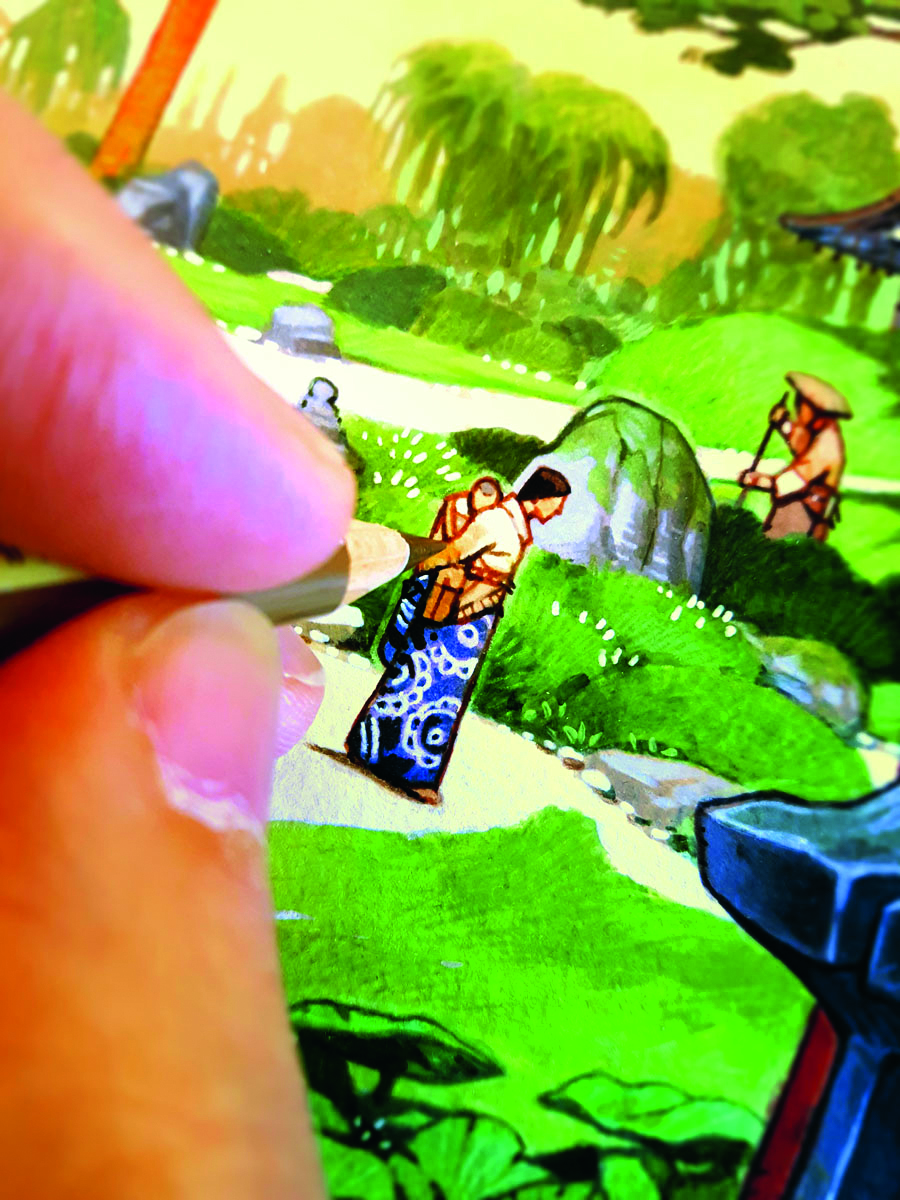
Once the sketch is finalised and approved, I print it on heavy paper, sometimes with slight colour hints as guidance. Then the main part of the work begins: the painting, which I create as a single unified piece, unlike the sketch. After completing the illustration, I scan it and use Photoshop to adjust colours, contrasts, tones and lighting. Occasionally I’ll make subtle edits to ensure the image matches my vision. This final step prepares the artwork for printing, delivering a polished, ready-to-use piece to the publisher.
06. Bigger thinking less trouble
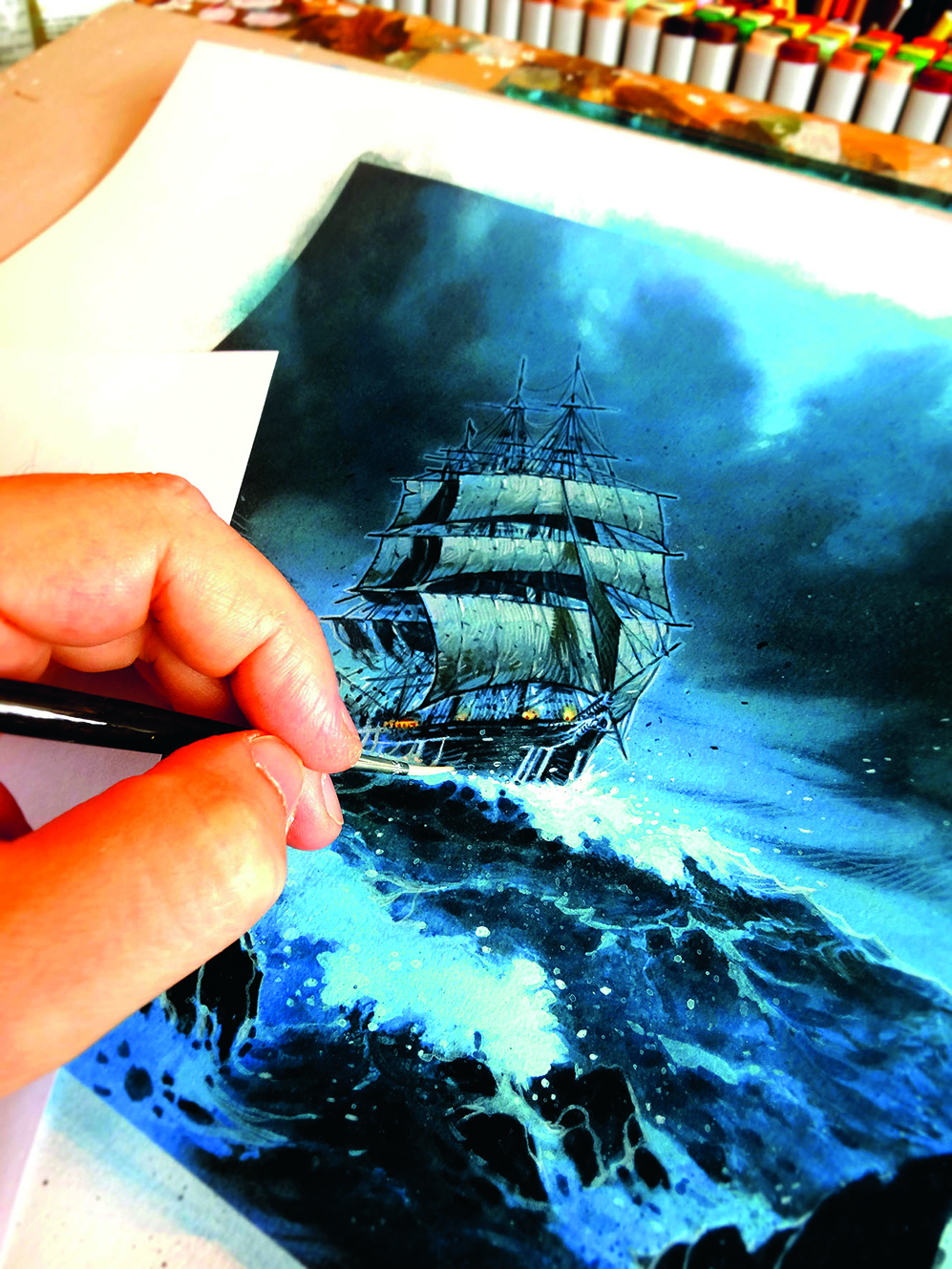
Many board game elements are small, like cards, tokens or specific features. I always create illustrations up to 300 per cent of the final size so I can work comfortably, matching the scale to my tools. It also offers flexibility; if the size or format changes, adjustments can be made more easily. And at its final size, the image gains definition and sharpness.
07. Building a vast playground
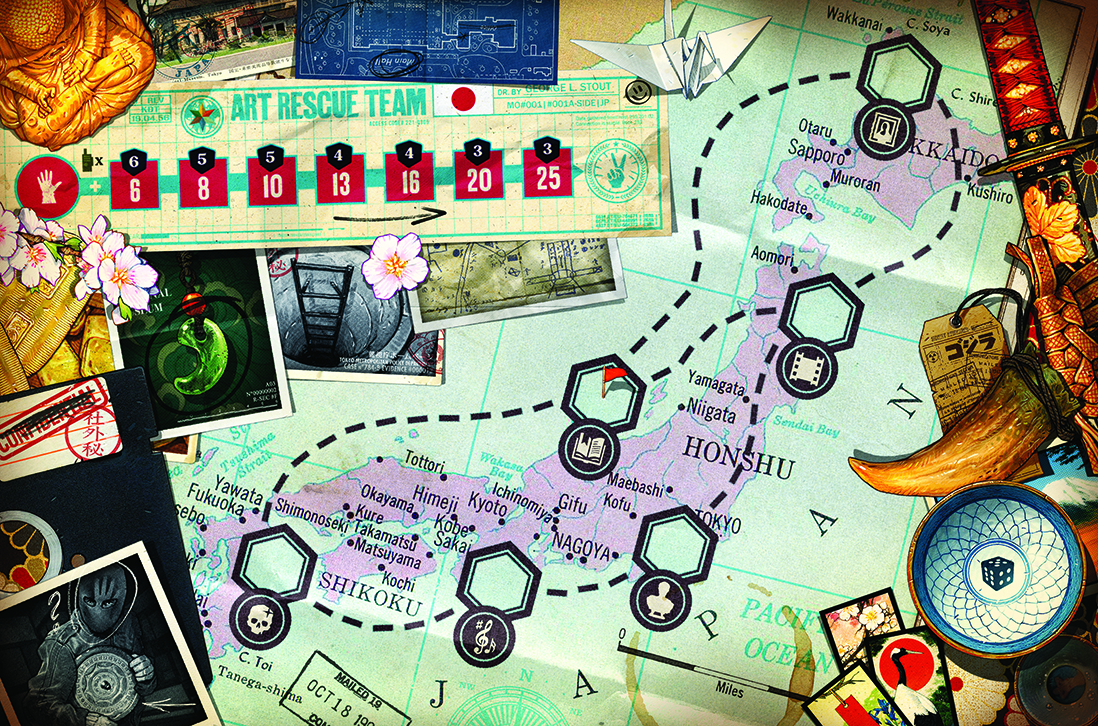
Illustrating a game board involves managing defined zones,often interwoven with various interactions. A score track frequently surrounds or is integrated into the board. First establish a fixed structure, usually based on the prototype provided by the publisher after testing. I create a detailed sketch or mockup as some kind of an advanced prototype. At this stage, gameplay elements such as values, icons and quick colour indications can be added, making it almost playable. Before final colouring, the board layout must be fully approved as adjustments after painting are risky, so I always ensure publishers finalise the design beforehand.
08. Clearly define what you create
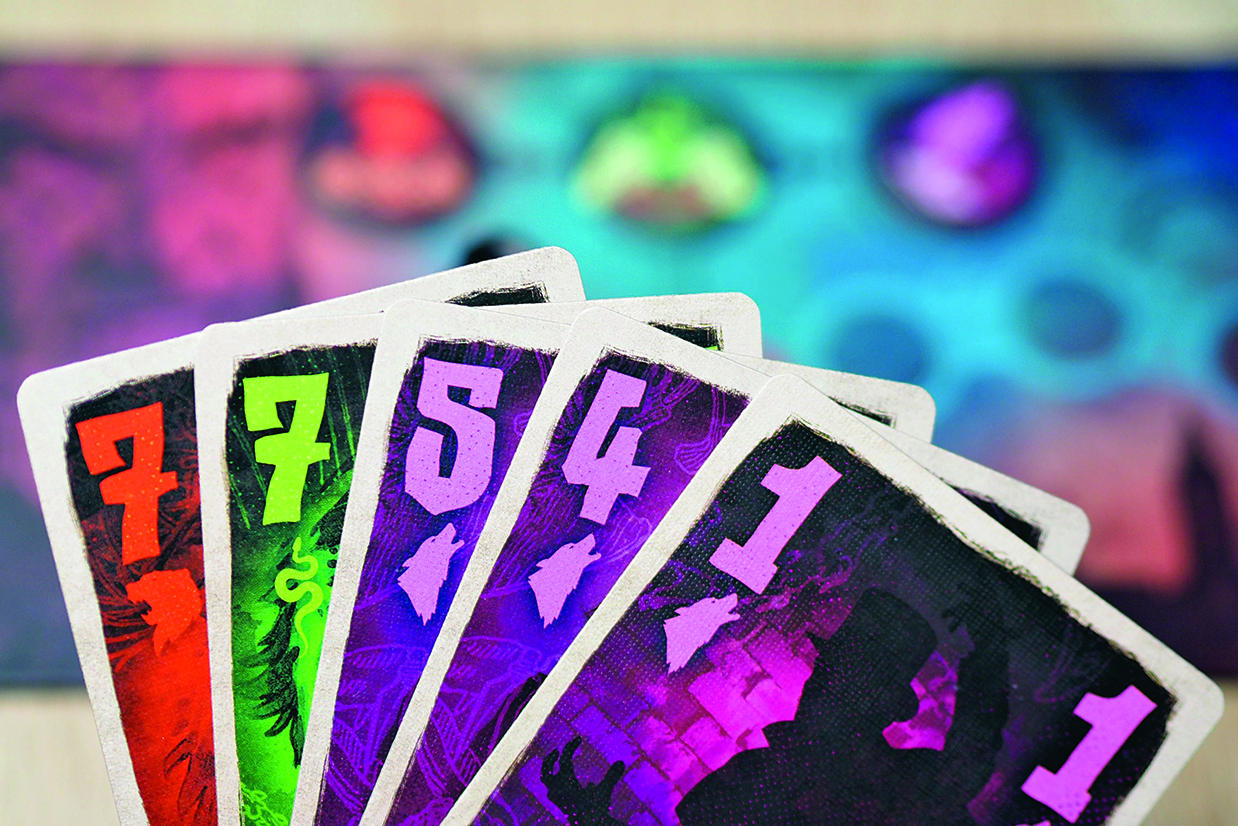
Illustrating cards or tiles is very different from working on a board.While card or tile illustrations can be functional, they’re often more descriptive. Broadly speaking, for a board the challenge is to turn abstraction into illustration. The medium also dictates the approach. Boards are large surfaces, and all their information must be legible from a distance, laid on a table,and viewed at a certain angle. This requires a distinct way of thinking compared to cards, which are held in the hand and viewed up close.
09. Thoughtful reflection builds the masterpiece
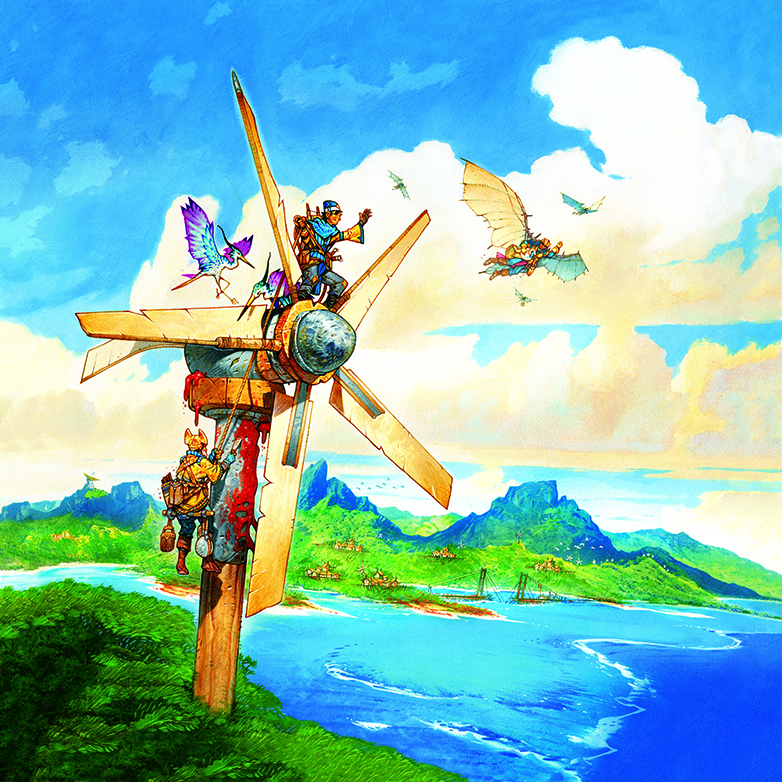
For art covers, I tend to structure my illustration using the same framework in three steps. First is the core of the scene: what should players notice straight away as the main focus? Next, elements that complement the core: what enriches the main subject and adds extra information? Finally, the background that sets the scene: what establishes the world, and conveys atmosphere, mood, lighting, or depth of field? This hierarchy ensures clarity and balance while immersing players in the intended narrative and environment.
10. How to grab the attention
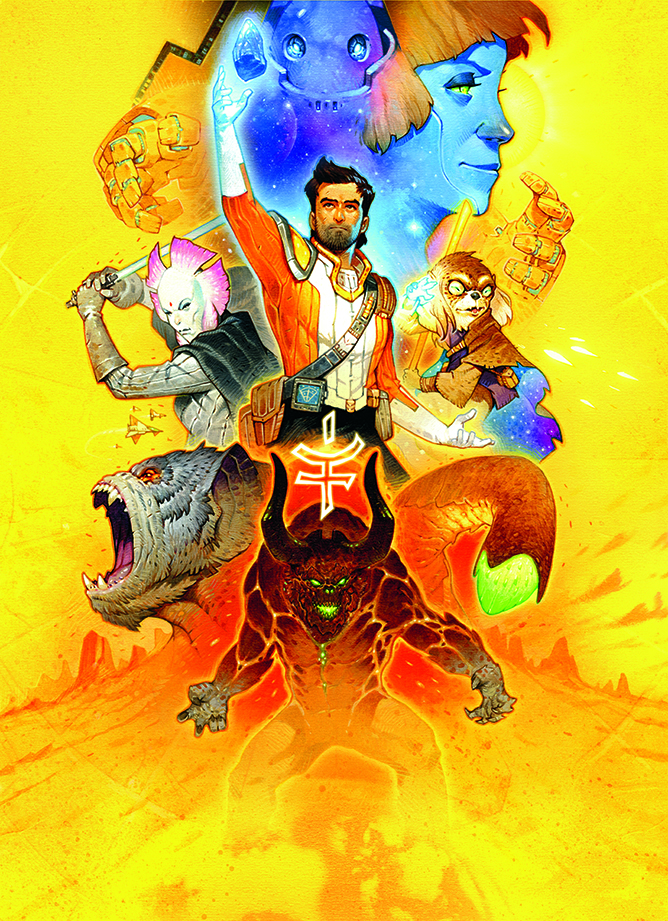
An illustration must always be well-anchored, with contrast playing a crucial role. I often use ratios like 1/4 vs 3/4 or 2/3 vs 1/3 for everything. These create subtle imbalances that add dynamism. The goal is to slightly unsettle the player, making them question while still reassuring them with a solid foundation. In stores, if the illustration grabs their attention and they pick up the box, much of the work is done. If curiosity leads them to flip the box and read the details, that’s another step
11. Don’t hold back - wow them!
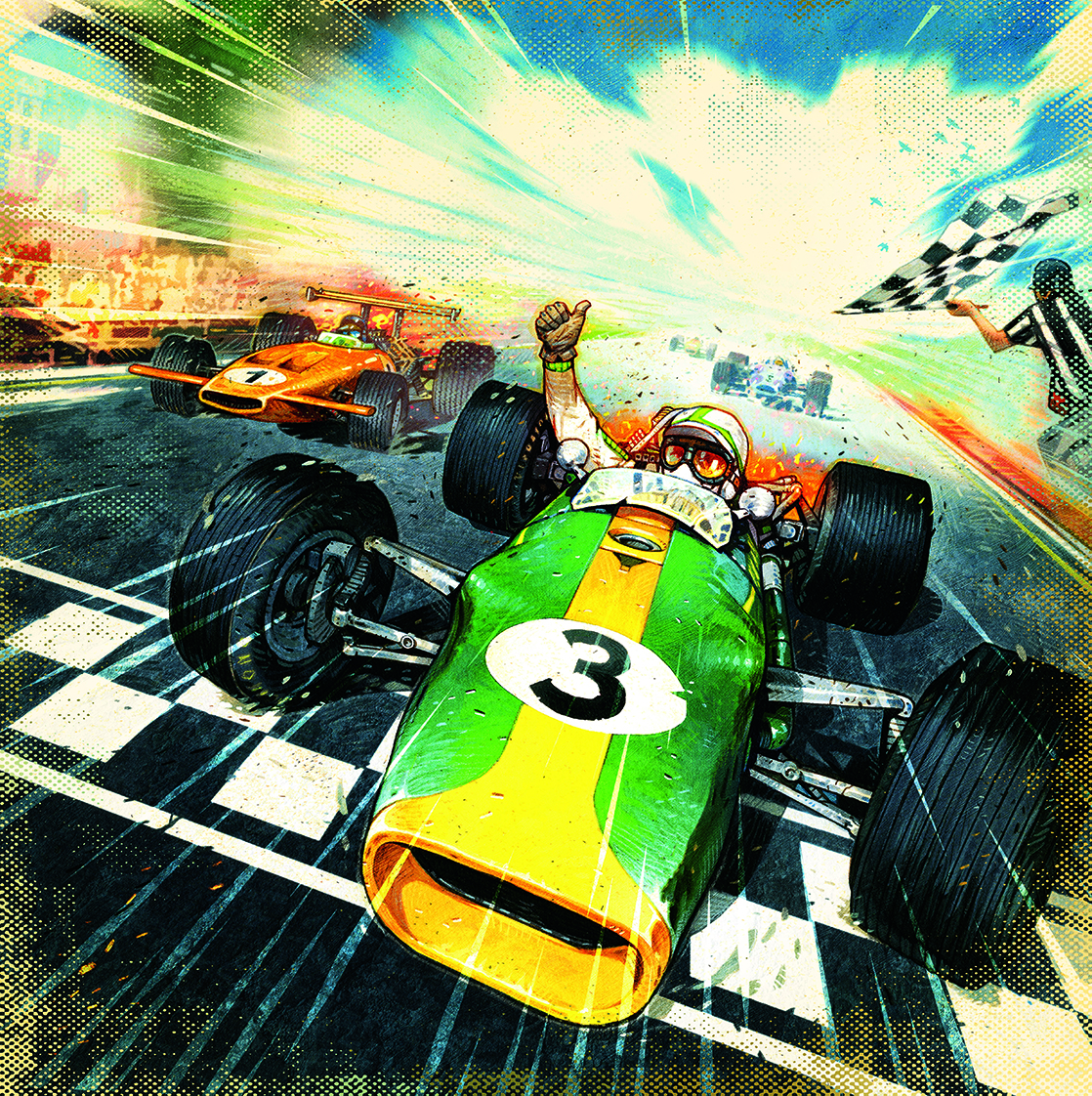
For colours, I often assemble two dominant colour blocks in opposition, with a third, subtler tone – sometimes just a small accent – to break the balance and counter the apparent harmony. Alternatively, I might use a wide range of colours but focus on contrasts, such as warm tones against cool ones, bright against dark, or vice versa. I also enjoy borrowing techniques from photography, like combining sharp, detailed areas with softer, blurred zones. All of this serves to enhance the illustration, infusing it with energy and vibrancy.
12. Be firm in your decision making
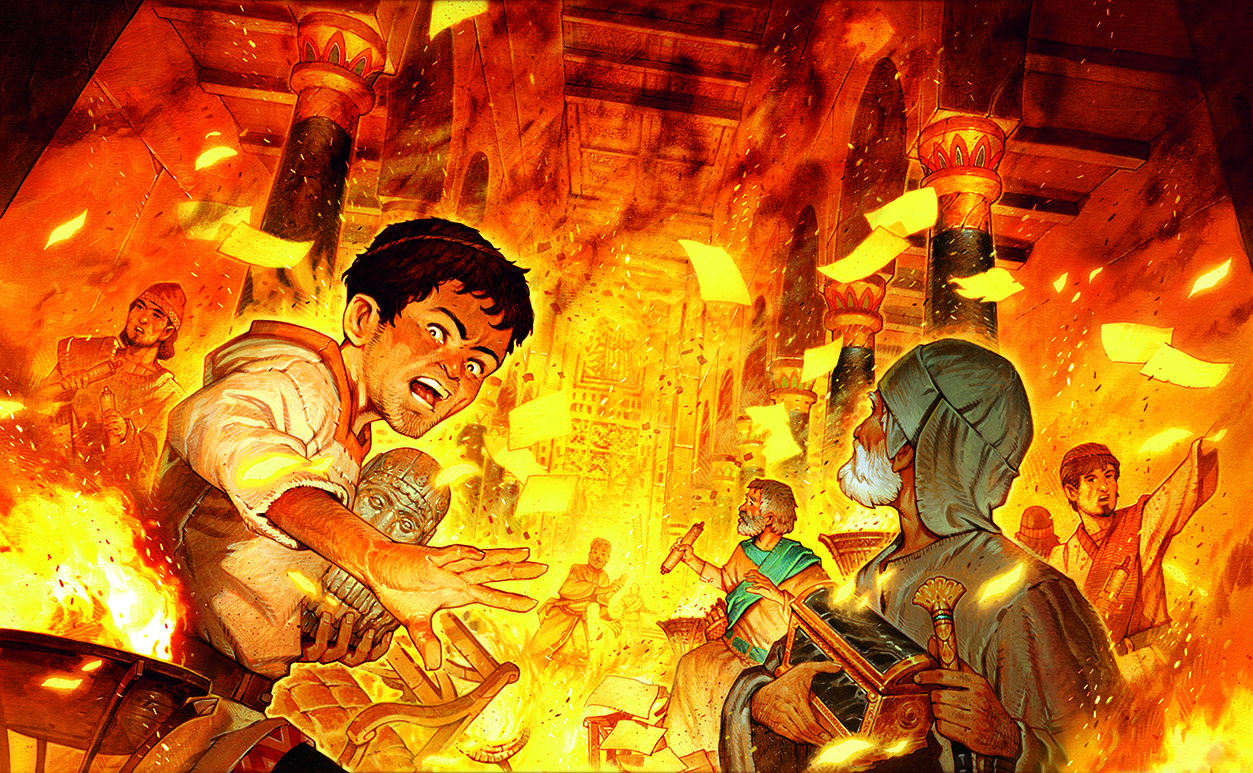
It’s important to be confident and decisive. I strive to avoid settling for a lukewarm consensus or watered-down compromises at all costs. If an illustration needs to be bright and vivid, I go all in on saturation, even to the point of burning colours. If a key element of the image needs to stand out, it will do so boldly, fully in sight. I firmly believe in an all-or-nothing approach. Either you show something, or you don’t. Always keep in mind that the image will be seen by anyone, experienced or not, and must be understood by all.
13. Beyond the frame

I always make it a point to ensure that my illustrations are clear and convey emotions. I’m not creating documentary-style illustrations, so I don’t hesitate to distort or cheat to amplify these effects. I think of illustrations as visions and, above all, as windows and gateways to other worlds and universes. This is why creating a sense of vast depth in my images is so important to me, with wide focal lengths and long perspectives. I want the eye to wander and lose itself within them.
14. Where art fuels play
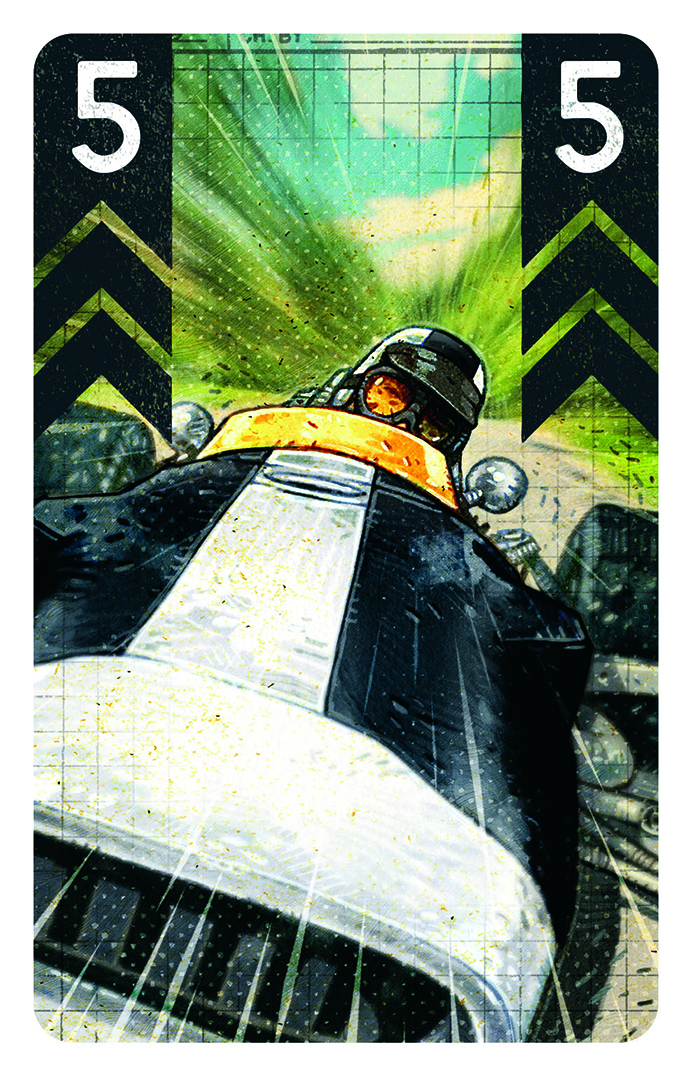
Illustrating a board game is a unique task! The visuals must stand alone, telling a story or depicting a scene, while also supporting and enhancing the gameplay, rules and flow. Striking the right balance between function and narrative, description and immersion is essential, but also tricky! I prefer to play the game prototype beforehand to understand the table’s atmosphere, and players’ interactions and discussions. I can’t imagine simply illustrating a checklist or filling in blanks. While that might work,it misses a crucial development aspect that can boost the project significantly, adding both depth and remarkable fluidity to the experience.
15. Believe in yourself and explore
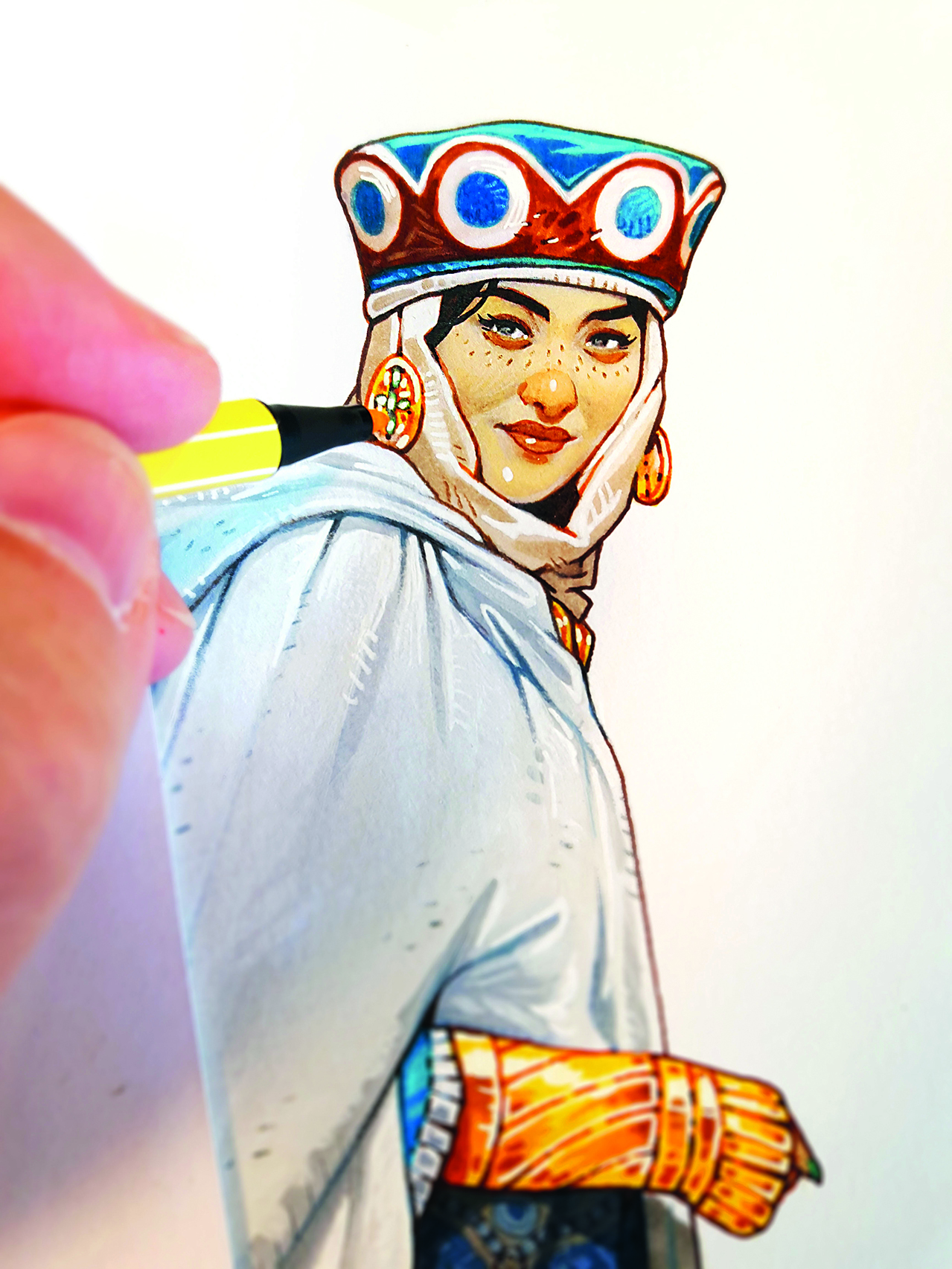
I don’t work solely for personal enjoyment or to pay bills,but primarily for the audience. It’s essential to give meaning to my work beyond creating a pretty image. What matters is that the image remains coherent, believable and plausible. Nothing can be left to chance – every choice must be intentional, with clear reasoning that I can explain and justify. I don’t fear self-reflection, even when it’s challenging. Artistic growth isn’t linear but happens in leaps, unlocked through encounters, readings and discoveries. These moments of progress often come unexpectedly, pushing both my craft and perspective forward.
This content originally appeared in ImagineFX magazine, the world's leading digital art and fantasy art magazine. ImagineFX is on sale in the UK, Europe, United States, Canada, Australia and more. Limited numbers of ImagineFX print editions are available for delivery from our online store (the shipping costs are included in all prices)
Get the Creative Bloq Newsletter
Daily design news, reviews, how-tos and more, as picked by the editors.

Thank you for reading 5 articles this month* Join now for unlimited access
Enjoy your first month for just £1 / $1 / €1
*Read 5 free articles per month without a subscription

Join now for unlimited access
Try first month for just £1 / $1 / €1
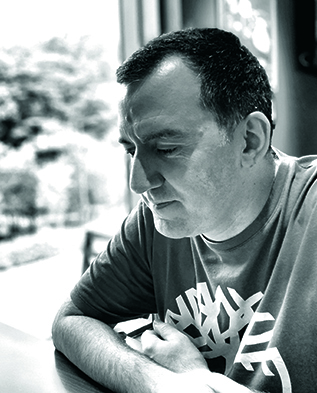
Vincent has illustrated children’s books and role-playing games, and his focus these days is on boardgames. He works with numerous game designers and publishers around the world, across multiple genres, including science fiction, adventure, mystery and supernatural, noir fiction and heroic fantasy.
You must confirm your public display name before commenting
Please logout and then login again, you will then be prompted to enter your display name.
